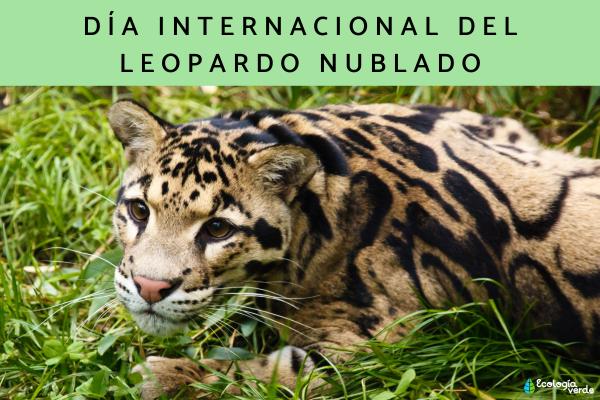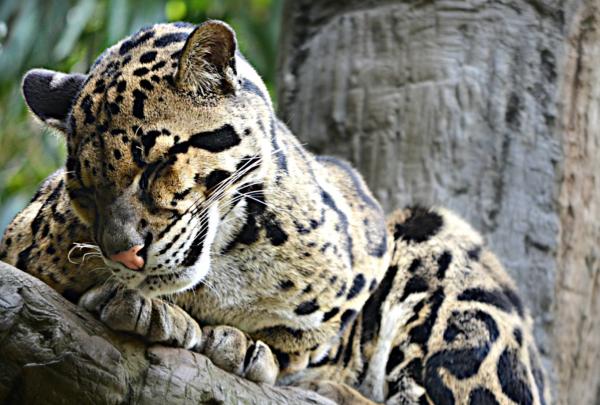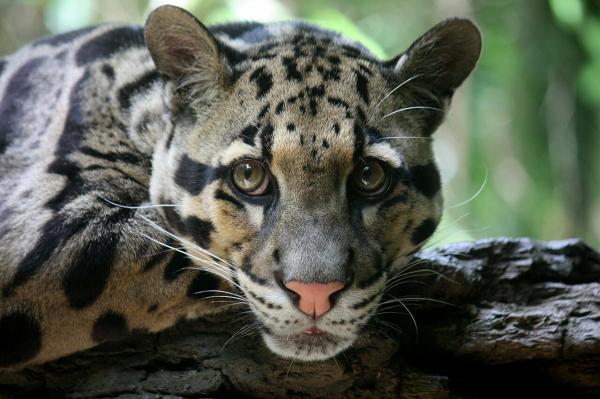International Clouded Leopard Day, observed every August 4th, raises awareness about the clouded leopard (Neofelis nebulosa), a medium-sized big cat renowned for its distinctive cloud-like coat patterns. Native to the tropical and subtropical forests of Southeast Asia, the wild population has declined to fewer than 10,000 individuals and faces serious threats.

This article covers the significance of the day, clouded leopard characteristics, reasons for endangerment, extinction cases, and how we can contribute to their conservation.
The day aims to educate the public about this elusive and beautiful feline, encouraging conservation efforts. Despite their iconic status, much about their natural behavior and ecology remains unknown, necessitating more research and protection.
Medium-sized cat: 90–120 cm body length, 70–100 cm long tail.
Weighs 15–23 kg, females generally smaller.
Unique cloud-patterned and striped coat provides excellent camouflage.
Rounded head with black-spotted ears and large, expressive eyes.
Nocturnal and solitary; shy behavior makes them difficult to study.
Carnivorous diet includes deer, wild pigs, birds, and monkeys. Skilled climbers and swimmers.
Habitat includes tropical and subtropical forests, but habitat loss and fragmentation threaten survival.

Habitat Loss: Southeast Asia has the world's highest deforestation rates. Hydroelectric and road projects exacerbate fragmentation.
Poaching: Despite legal protections, clouded leopard skins, bones, and other parts fetch high black market prices.
Human-Wildlife Conflict: Farmers use poison to protect livestock, unintentionally harming clouded leopards.
These factors have caused severe population declines.
The Formosan clouded leopard, native to Taiwan, was declared extinct in the wild in 1990 due to habitat destruction and hunting. Recent surveys using thousands of camera traps confirmed the extinction.

Support conservation groups like WWF and Panthera through donations and volunteering.
Raise awareness and educate others about clouded leopard conservation.
Protect and restore forest habitats via reforestation projects.
Contribute to monitoring and research programs tracking clouded leopard populations.
Report illegal hunting and trade to authorities.
Protecting the clouded leopard means safeguarding entire forest ecosystems.
For more information, see related articles Why Protecting Endangered Animals Matters and Differences Between Leopard, Cheetah, and Jaguar.
animal tags:
We created this article in conjunction with AI technology, then made sure it was fact-checked and edited by a Animals Top editor.